 "For more than a century, since he captured the spoken words 'Mary had a little lamb' on a sheet of tinfoil, Thomas Edison has been considered the father of recorded sound. But researchers say they have unearthed a recording of the human voice, made by a little-known Frenchman, that predates Edison’s invention of the phonograph by nearly two decades.
"For more than a century, since he captured the spoken words 'Mary had a little lamb' on a sheet of tinfoil, Thomas Edison has been considered the father of recorded sound. But researchers say they have unearthed a recording of the human voice, made by a little-known Frenchman, that predates Edison’s invention of the phonograph by nearly two decades.The 10-second recording of a singer crooning the folk song “Au Clair de la Lune” was discovered earlier this month in an archive in Paris by a group of American audio historians. It was made, the researchers say, on April 9, 1860, on a phonautograph, a machine designed to record sounds visually, not to play them back. But the phonautograph recording, or phonautogram, was made playable — converted from squiggles on paper to sound — by scientists at the Lawrence Berkeley National Laboratory in Berkeley, Calif."
Click here for the full article on the New York Times including the creepy audio.
via Retro Thing


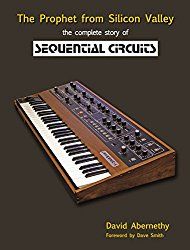
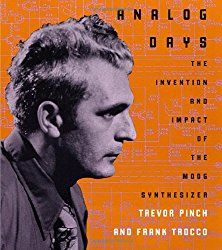
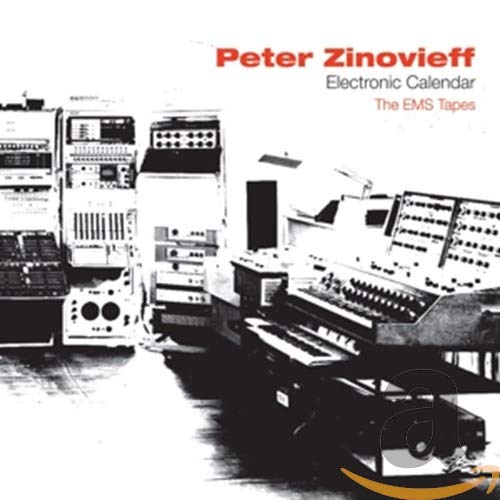
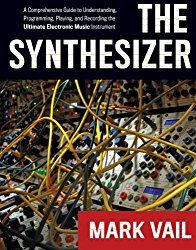
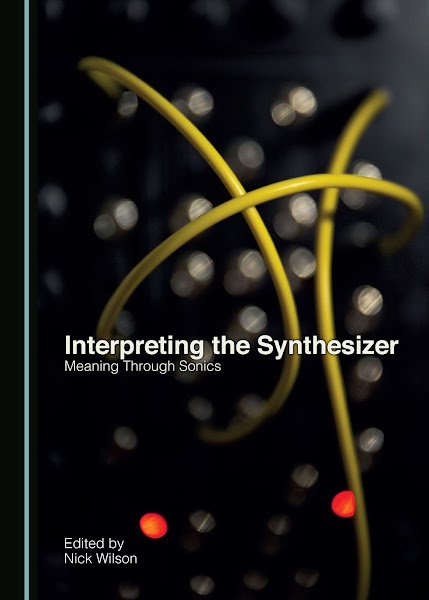
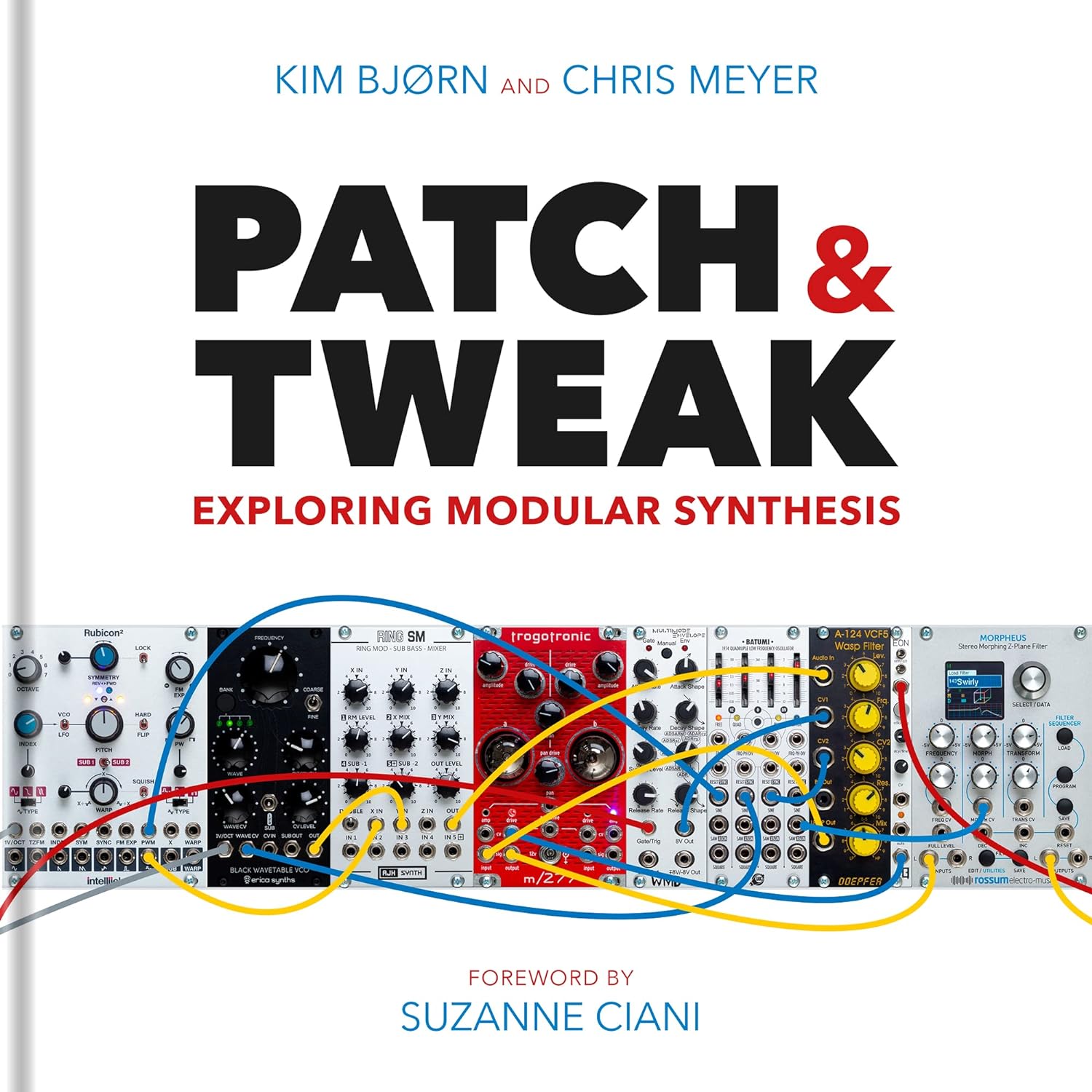
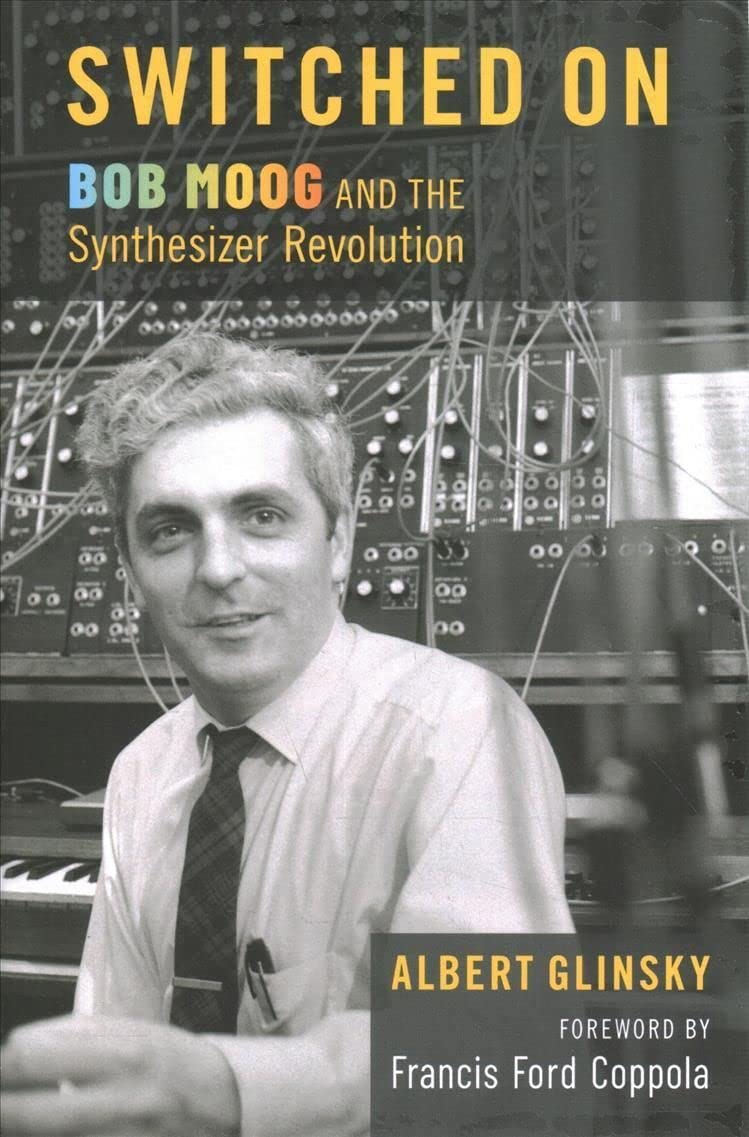
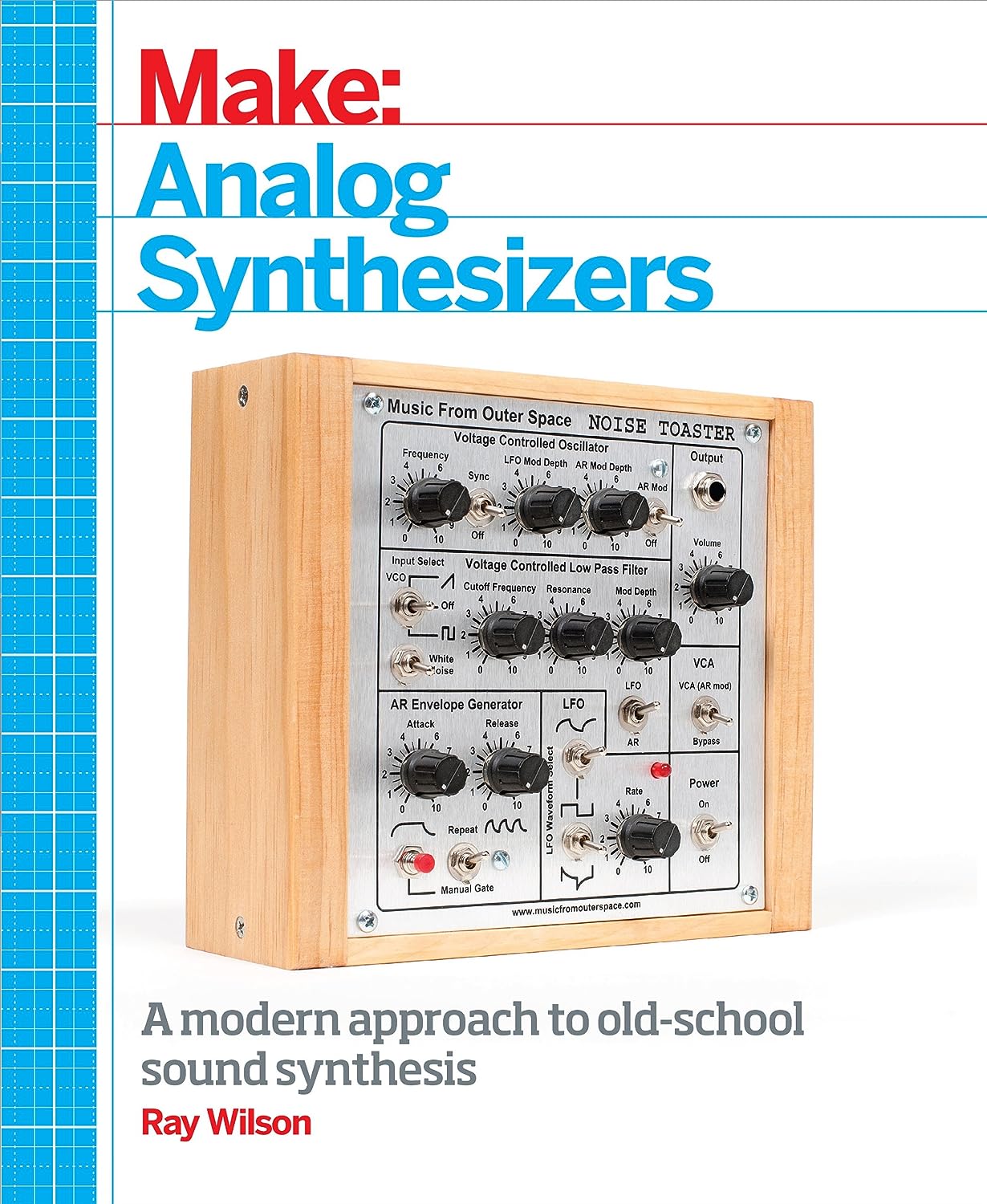
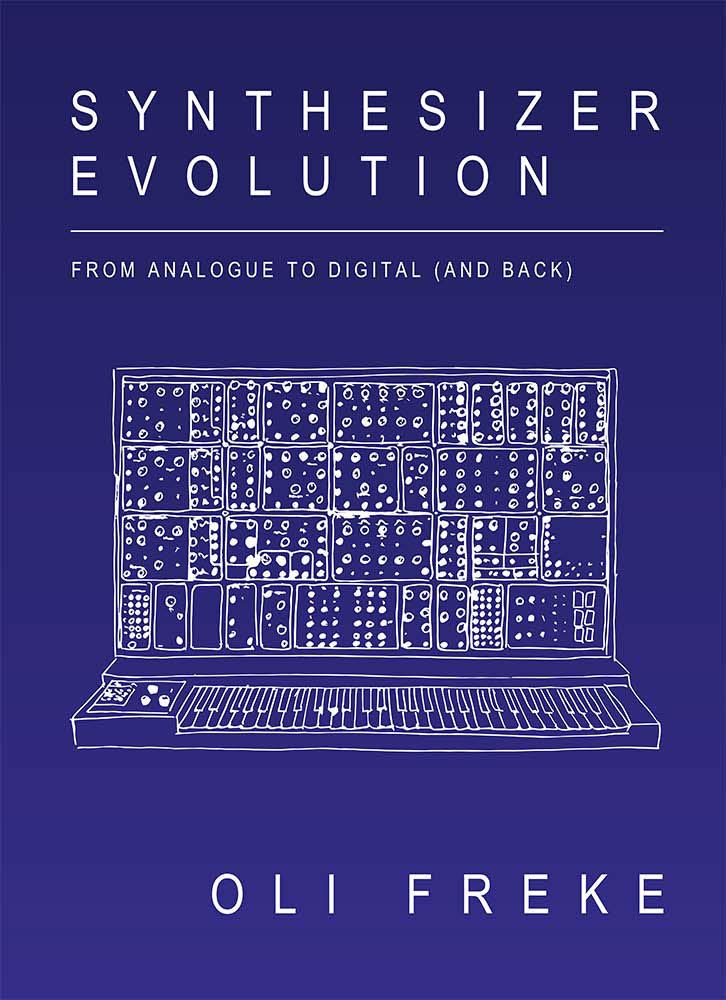
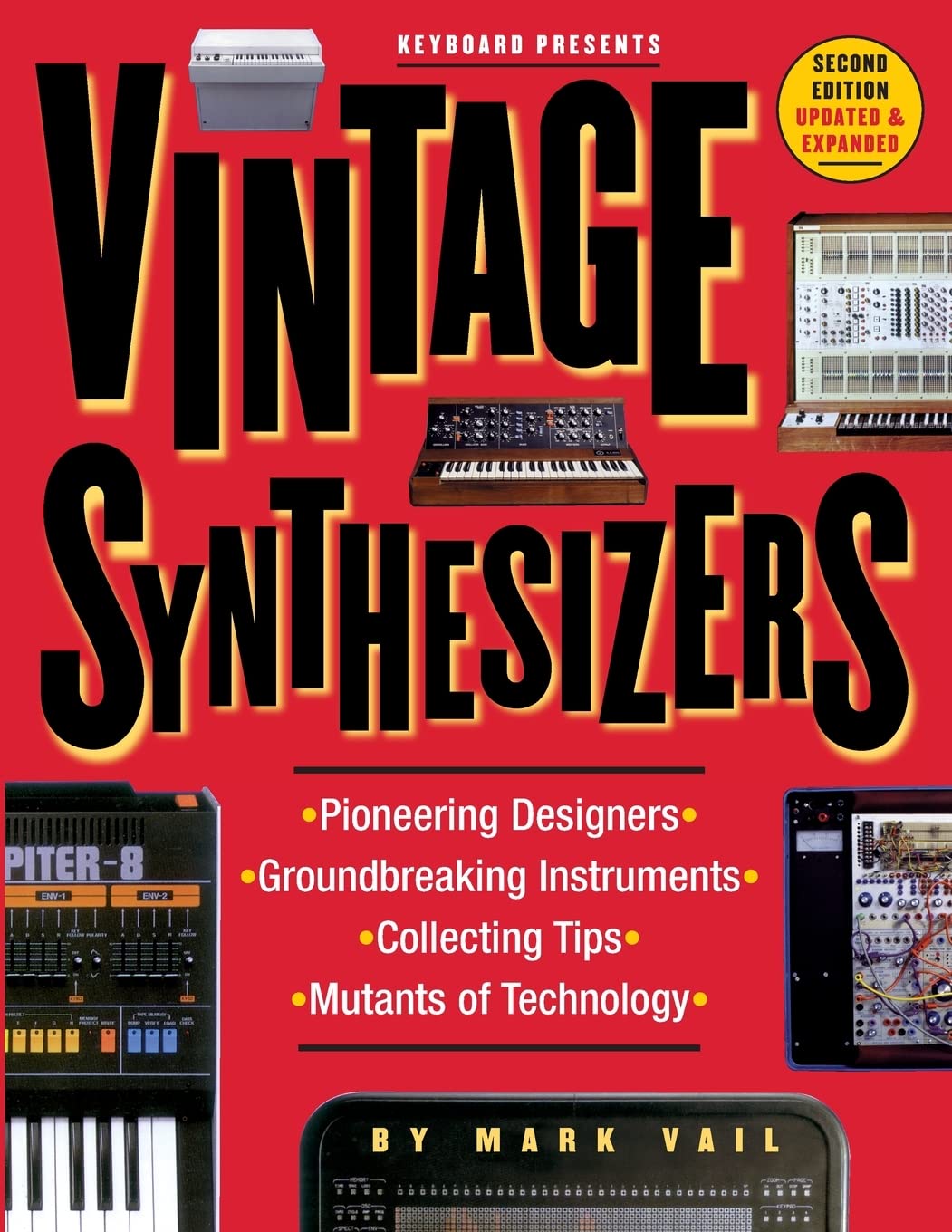

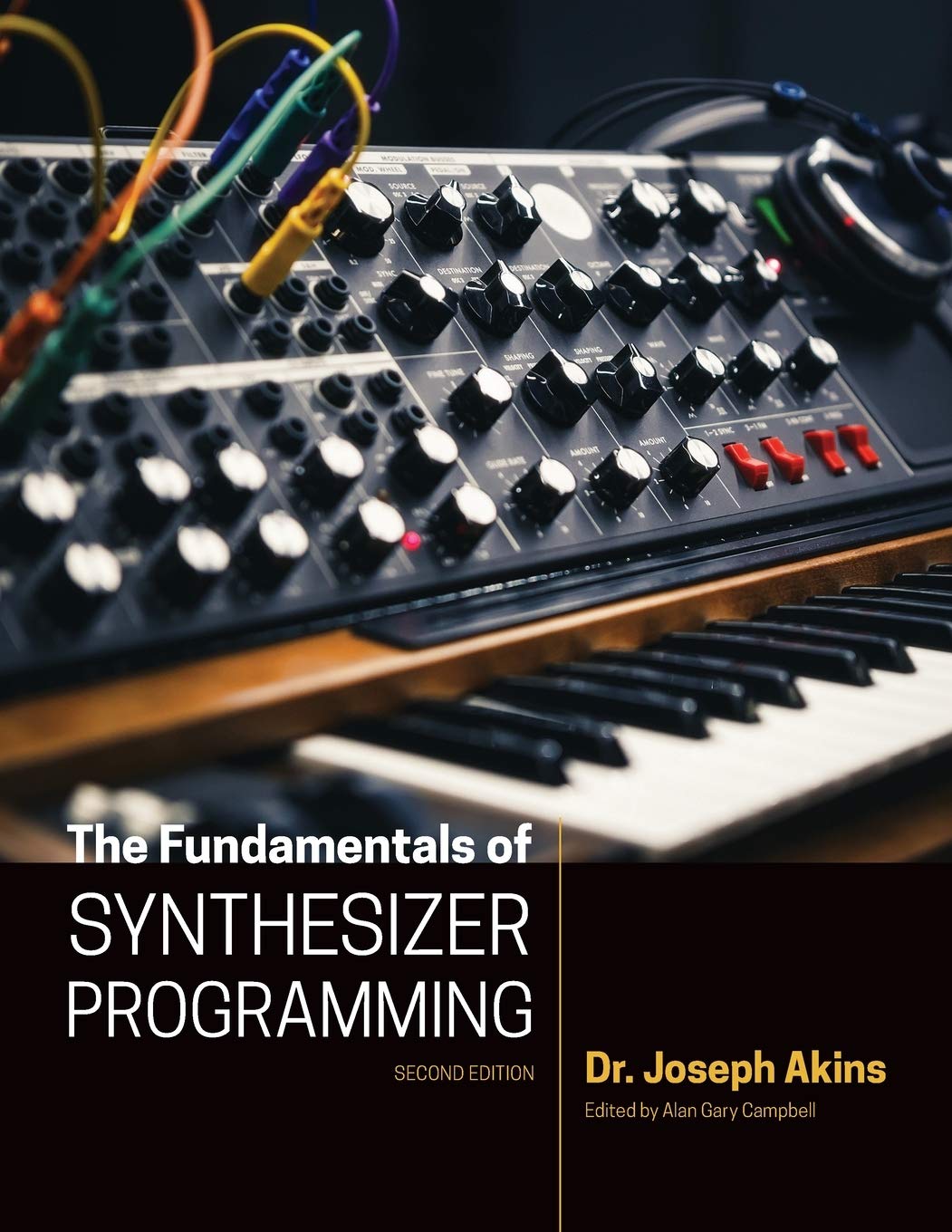



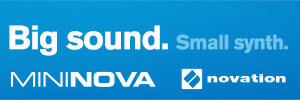











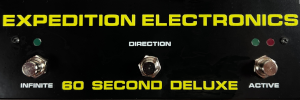
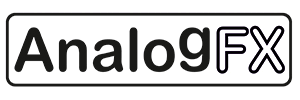









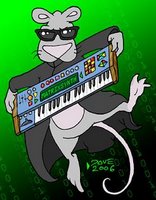
Phonoautographs were around well before Edison. But, as the article points out, they had no technology to play back the recordings they made. So it wasn't much more than a lab curiousity. I think there are other phonoautograph records still in existence.
ReplyDeleteI own the very first Phonoautograph known. It was purchased at a Christie's auction for an unfathomable sum. I had my scientists decode it, and we all stood in the Laboratory and heard, surprisingly clearly: "All your base are belong to us".
ReplyDelete